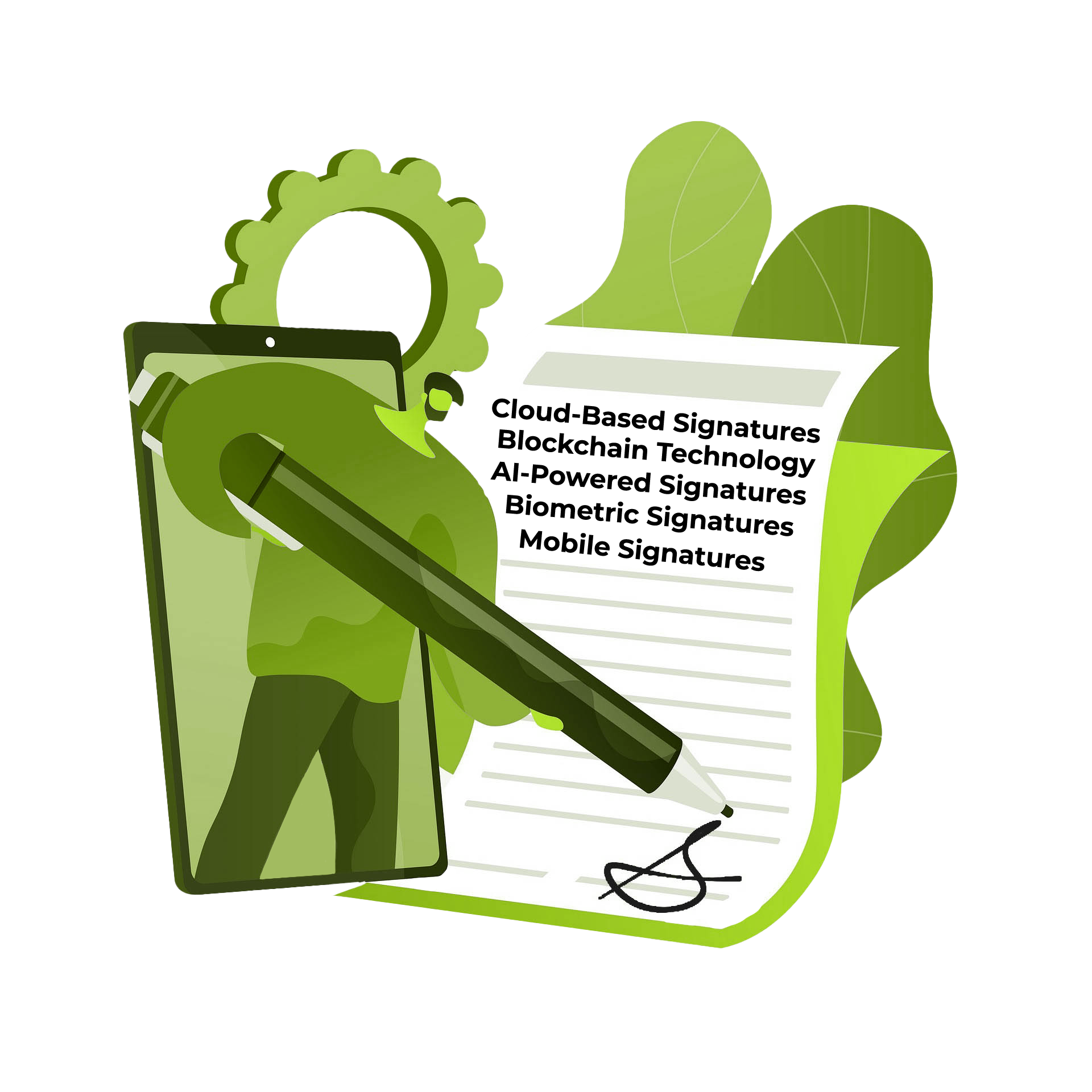
The Future of Electronic Signatures
Electronic signatures have been around for some time, but they have become more prevalent in recent years as businesses have shifted toward digital processes. Electronic signatures have made it easier to sign and manage documents, while also reducing costs, saving time, and improving overall productivity. As electronic signature technology continues to evolve, there are several trends that we can expect to see in the future.
Biometric Signatures
Biometric signatures use unique biological characteristics, such as fingerprints or facial recognition, to authenticate a signature. This technology provides an additional layer of security, as it makes it nearly impossible for anyone else to forge a signature. Biometric signatures can be used in conjunction with other types of electronic signatures, such as digital signatures or click-to-sign, to provide a secure and efficient way to sign documents.
Blockchain Technology
Blockchain technology is already being used in a variety of industries, and electronic signatures are no exception. Blockchain technology can be used to create a tamper-proof record of all signed documents, which can be accessed and verified by authorized parties. This can help to prevent fraud and ensure the integrity of signed documents. Additionally, using blockchain technology for electronic signatures can help to streamline the signing process, reducing the amount of time it takes to complete a transaction.
AI-powered Signatures
AI can be used to analyze signatures to ensure that they are genuine and not forged. Additionally, AI can be used to automate the signing process, reducing the amount of time it takes to complete a transaction. As AI technology continues to evolve, we can expect to see more advanced uses of AI in the electronic signature industry.
Mobile Signatures
Mobile signatures are becoming increasingly popular, as more people rely on their smartphones and tablets for business and personal use. Mobile signatures allow users to sign documents from anywhere, at any time, using their mobile device. This can help to speed up the signing process and make it more convenient for users. Additionally, mobile signatures can also be used in conjunction with other types of electronic signatures, such as digital signatures or click-to-sign, to provide a secure and efficient way to sign documents.
Cloud-based Signatures
Cloud-based signatures are becoming more popular as businesses continue to shift toward cloud-based services. Cloud-based signatures allow users to sign and manage documents from anywhere, at any time, using any device with an internet connection. This can help to speed up the signing process and make it more convenient for users. Additionally, cloud-based signatures can be used in conjunction with other types of electronic signatures, such as digital signatures or click-to-sign, to provide a secure and efficient way to sign documents.
Conclusion
In conclusion, electronic signature technology is continuing to evolve, and there are several trends that we can expect to see in the future. These trends include biometric signatures, blockchain technology, AI-powered signatures, mobile signatures, and cloud-based signatures. By staying up-to-date on these trends, businesses can ensure that they are using the most advanced and efficient electronic signature technology available.

